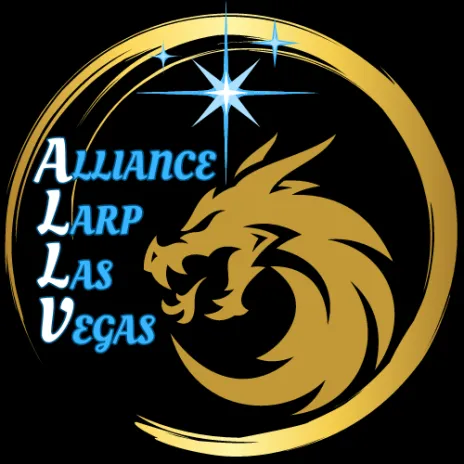Kingdom of Selucia

Overview
Brushing along the coast, Selucia is known as the artistic capital of the world. Those who have the fortune of being native to the kingdom enjoy its luxuries at every corner. Any good musician, storyteller, or artist was very likely trained in Selucia’s renowned system of schools and conservatories. In short, Selucia is the pinnacle of art, wealth, and refined culture.
Selucia is quite the melting pot. Members of almost any race can be found here but most numerous among them are humans, sylvanborn, selunari, and elves. Many hoblings also stake their claim here as merchants, though just as many enjoy the quiet luxuries of Jardium’s plains or the Dulgar Mountains. Selunari also find themselves quite profitable in this area, traveling between outposts outside the kingdom, bringing back exotic food, clothing, and jewelry.
Selucia is ruled over by King Jean-Gervais and Queen Madeline-Felicity Elias-Septigal. King Elias-Septigal has reigned the past 24 years. They have one daughter,
Lydia-Serana, who is heir to the throne.
Society
With so many different races running about, Selucian culture is defined by the mixing and matching of different styles. Sylvanborn thrive here with every opportunity to create to their heart's content. You’ll often find craftsmen in street markets swapping information about their trades and teaching each other their skills. The coastal ports are in a constant state of business, and the trading posts around the internal borders of the country are regularly sending shipments to and fro, a constant supply of trade and wealth.
Selucian culture values art as the pinnacle of mortal expression. While traditional arts such as music, theatre, sculpture, painting, and so forth are lauded, Selucians look to find and create beauty in all aspects of their lives. Selucian farms are majestic landscapes with stepped terraces, sculpted vineyards, and intricate designs created by the planting of crops. Even in something as horrible as war, Selucians will find and admire the beauty of a well-executed strategy, a brilliant tactical move, or a cunning deception.
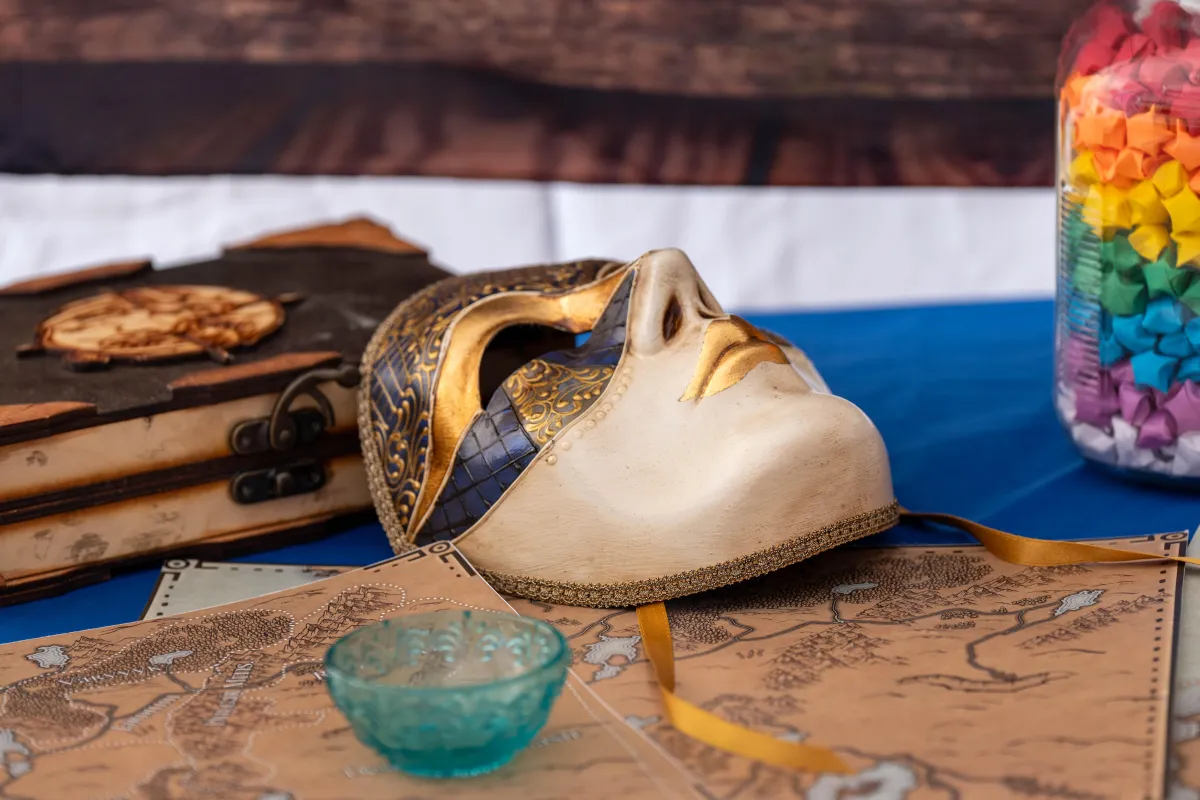
With this emphasis on art, Selucia is home to the finest conservatories and museums in Desara. Collectors have amassed a history not only of Selucia but also of Desara, and preserve it to its fullest extent. Paintings and sculptures are placed proudly on display, concerts and festivals abound, and buildings are designed and crafted by the finest architects and builders.
Following their break from Robinsroost in 576K, Selucia quickly began using the wealth from their vast natural resources to build themselves as a strong militaristic power and the strongest navy in the region. Trade from Nefaria and from across the Nagasíf Desert provides a high assortment of goods for Selucia and provides a continuous influx of wealth into the region. This wealth is frequently used to import historical artifacts and fine art for the Selucian museums, which in turn provide ample tourism opportunities.
Under the rule of King Elias-Septigal, Selucians have continued to prosper and flourish. Low taxes, a minimized policing presence, and overall lack of overstretching decrees allow the populace of Selucia the freedom to explore and create. Crafty sylvanborn, artistic selunari, and exploratory humans compose the bulk of represented races, though great cultural diversity can be found in Selucia and all races can be found in some notable representation throughout Selucian society.
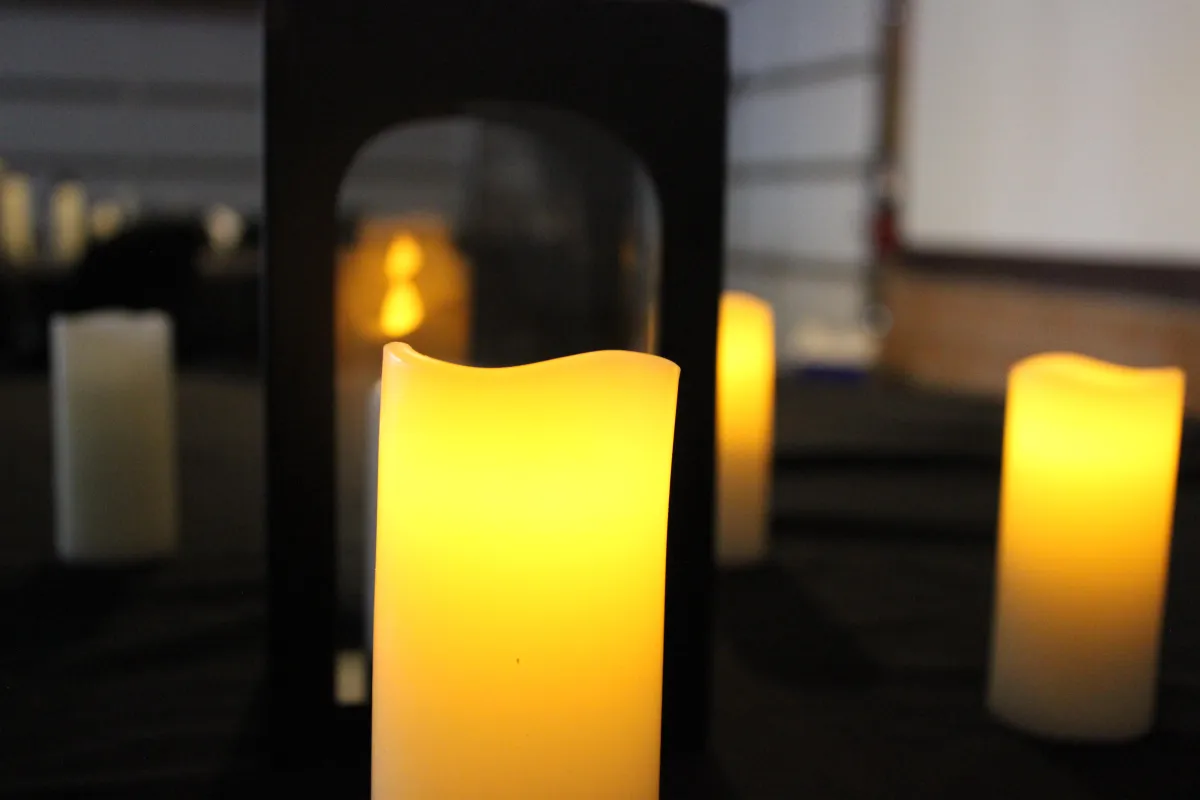
Allies and Enemies
Selucia maintains strict neutrality in international affairs. As the cultural center of Desara, it is felt by the monarchy that in order to best preserve a true history of the shard, no bias can be made towards any countries or culture. Through the combination of Selucia’s strong army and untouchable navy, along with fortified border walls and a heavily armed civilian population, Selucia is able to preserve its neutrality against any external threats.
Until 576K, Selucia was a colony of Robinsroost, and inherited the Roosters’ interest in art. As power began to shift in Robinsroost, Selucia split itself off peacefully and now maintains general indifference to their former colonizers.
As a predominant naval force, perhaps the most common militaristic encounter the navy faces is the pirates of Nefaria. While voices have been raised to utilize their navy’s superior capabilities and eliminate the hostile pirate threat in Nefaria once and for all, the current official statement is that doing so would break neutrality and to only defend against attacks, rather than to voluntarily seek out hostile threats within the region.
Economy
Selucia’s oak forests provide excellent timber for export, as well as a regular supply for shipbuilding. Iron mines also provide a stable resource for use and export. Within the last fifteen years, gold has been found in some iron mines, and that added influx of wealth has increased the recent developments of the Selucian economy even further.
Textiles, aromatics, and jewelry created by skilled Selucian craftsmen are lauded throughout Desara for their high quality and fine workmanship. Nobles from many countries wear Selucian silks as a primary staple of their wardrobe. Skilled chefs create fine meals, and cuisine from Selucia is considered some of the finest in Desara.
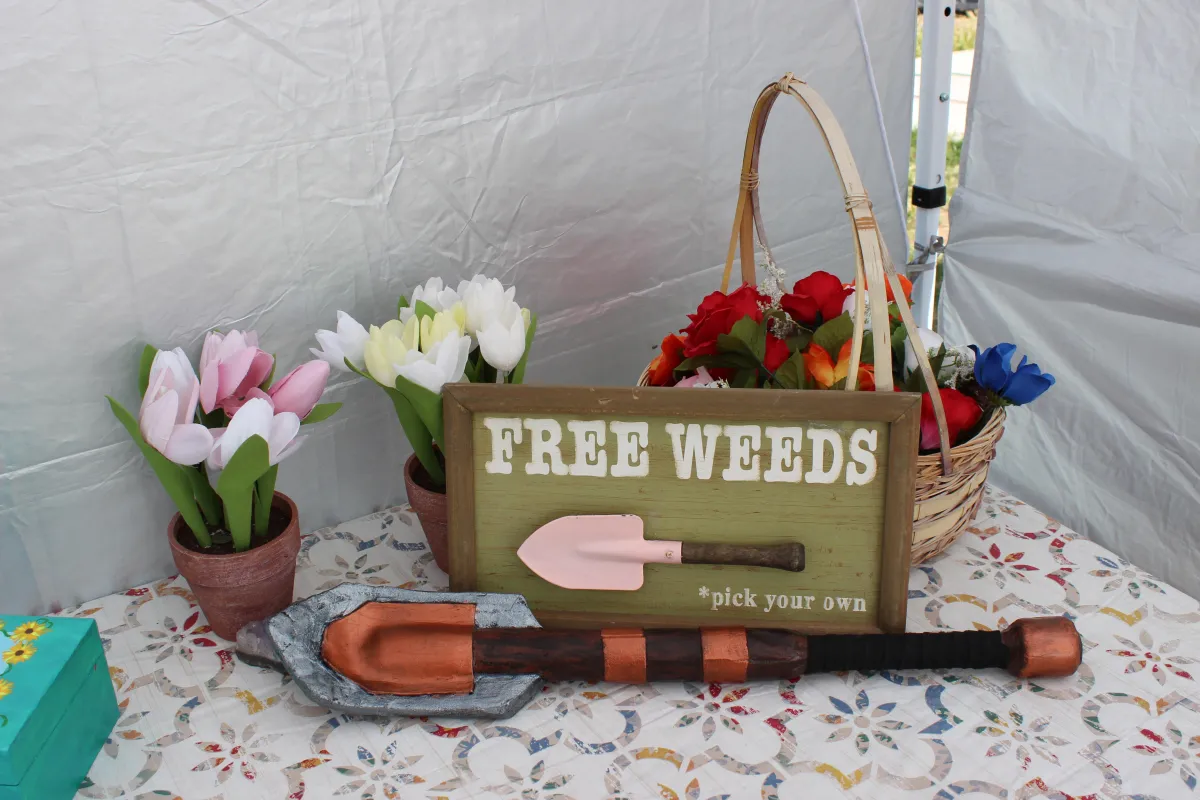
Through their extensive trade networks, Selucia is also at the center of trade for Desara. They provide much greater access to resources only accessible through transcontinental and transoceanic trade for neighboring regions such as Robinsroost, Gol’dara, and Jardium. The East Selucian Company performs the bulk of this trade throughout Desara, though it remains largely independent from official ties with the country itself.
Any discourse on Selucian economy would never be complete without discussing their art. Painters, sculptors, musicians, actors, architects, and all manner of artists can be found throughout the country. Colleges, universities, and conservatories focusing on the arts can be found in every major (and most minor) cities. Students from Selucia are welcome, as are students from foreign countries. The inclusion of foreign residents, students, cultures, and ideas is considered a broadening of culture and knowledge in Selucia and inclusion of external cultures is highly encouraged.
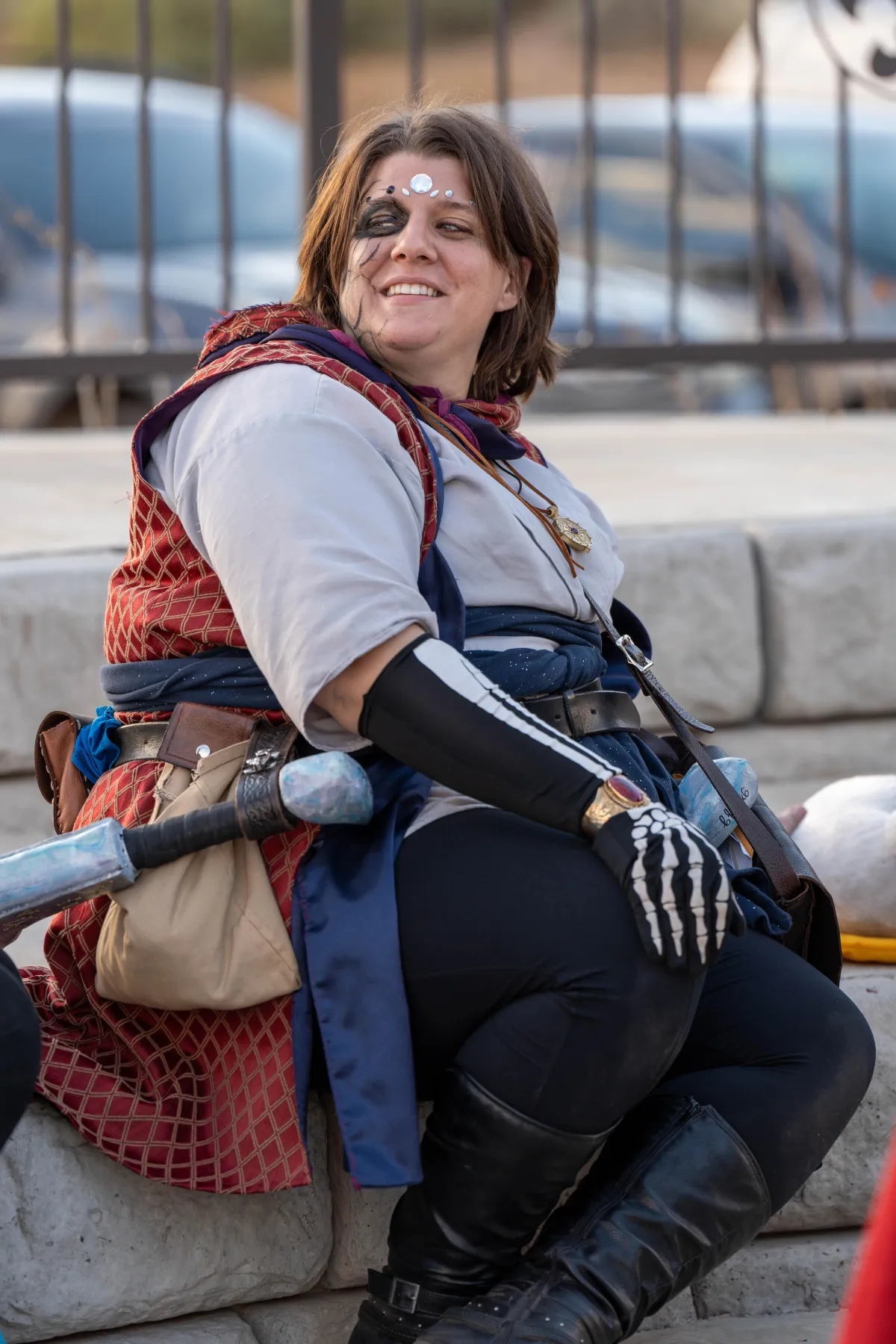
Holidays
Each month is given a holiday to celebrate a specific art. On the first of the new year, the twelve holidays are announced by the monarchy. Arts campaign each year to be chosen for their art to be recognized with a holiday the following year, and a council is held each December to vote on the holidays for the year to come. Holidays and festivals are held as grand spectacles in order to win prestige for this vote, and the arts created throughout the year are marketed so as to bring prestige to their specific art.
Every three months a grand festival is held over the course of several days; these are the most prestigious holidays of the year and are competed for heavily. Other holidays are held on a single day and are still considered a great honor to have one’s art be recognized in this fashion. While the holidays and festivals fall on a specific date of the month, holidays are often prepared and decorated for several weeks in advance, and the excitement for the festivals in particular is a common buzz around town. While not always the case, holidays tend to relate to the coming festival and the artists of those holidays are given honorary parts in the festival following their holidays.
In the current year of 824, the holidays are as follows:
January 15th: Dueling Holiday
A day to honor the beauty found in warfare. Competitions in strategy games, reenactments of famous battles, and displays of tactical artwork and maps take place.
February 11th: Historical Holiday
A holiday of history and culture. Celebrated in honor of Selucia’s conservatories, museums, and historical collections. Free admission to museums, special exhibitions, and historical reenactments highlight this day.
March 23rd-26th: Legerdemainus
A festival celebrating the arts of slight of hand and illusion. Con men, thieves, and simple magicians show off their craft by lockpicking, trap making, and various stage and closeup performances.
April 15th: Music Holiday
A holiday of music and musical composition
May 14th: Merchants Holiday
A holiday honoring merchants and crafters of textiles, jewelry, and decorations. Ports and marketplaces are decorated, and there are parades featuring beautifully decorated trade ships.
June 25th-28th: Theatricalus
A festival of theatre and stage performance
July 15th: Architecture Holiday
An event celebrating Selucia’s architectural achievements. It includes tours of famous buildings, lectures by renowned architects, and exhibitions of architectural models and plans.
August 13th: Sculpture Holiday
A holiday honoring sculpture and modeling
September 18th-21st: Creationus - a festival of creation. This festival honors the diverse arts. Artisans, musicians, painters, and performers from all over Selucia come together to showcase their talents, teach workshops, and collaborate on large-scale projects.
October 7th: Painting Holiday
A holiday honoring painting and color
November 17th: Harvest Holiday
A holiday honoring farmers, the harvest, and food. This holiday combines the celebration of the harvest with artistic displays. Farms become galleries of living art with their terraced landscapes and sculpted vineyards on full display.
December 22nd-25th: Charitus
A festival of giving back
Selucia also celebrates various cross-country holidays. While this is not an inclusive list, these are a handful of the more recognized holidays.
January 1st: New Year
February 14th: Sweetheart’s Day
October 31st: All Hallow’s Eve
November 1st: All Hallow’s Day
(See other culture packets for holidays which may be celebrated in Selucia)
Entertainment
While Selucia has frequent holidays, the general attitude is to find joy in the work of crafting art itself, not just in the finished product. Selucians often find entertainment in the process of creating their art, whatever that may be. Study and learning are included in this, and to call a Selucian uneducated would be to insult them greatly.
Theatres, opera houses, concert and recital halls, and all manner of live performance venues are a common sight in Selucia. Museums of history, art, and curiosities also abound. Live spectacles of artistic entertainment are publicized widely. Street performing is a valued craft. Even games are studied intensely, if an artistic beauty can be found within them.
The beauty of nature is not unnoticed. Hiking trails are available for public use in Selucia’s forests and on its beaches. Often Selucians will walk these trails to be surrounded by beauty while they meditate.


Common Sayings and Dialect
“Art makes the value of a man.”
“Every day has its worth.”
“Tip like a Selucian.”
“There is a forest in every acorn.”
Costume Inspiration
To the Selucians, fashion is simply another form of self expression. Bright but cohesive colors and patterns, lots of pockets, easily changed layers to adjust with the weather. Clothing is always well taken care of,and regarded with a certain amount of reverance.
Alliance LARP Las Vegas
Copyright 2025 . All rights reserved
